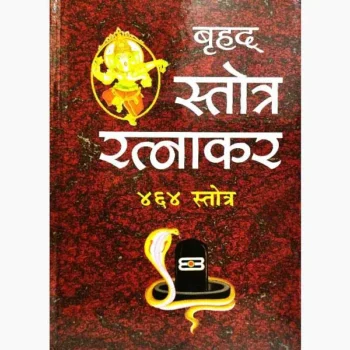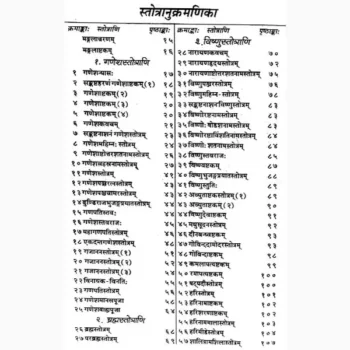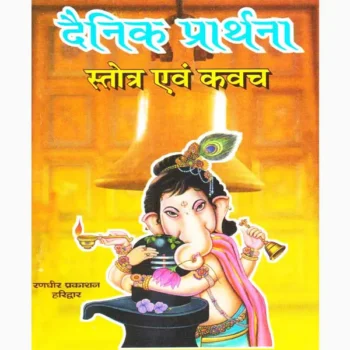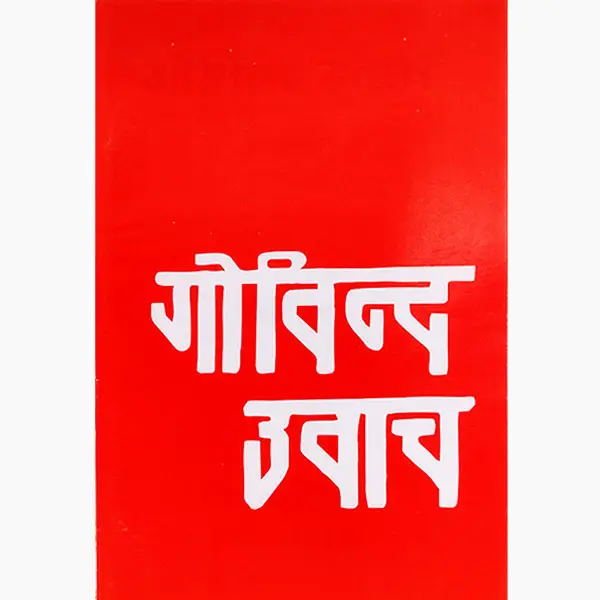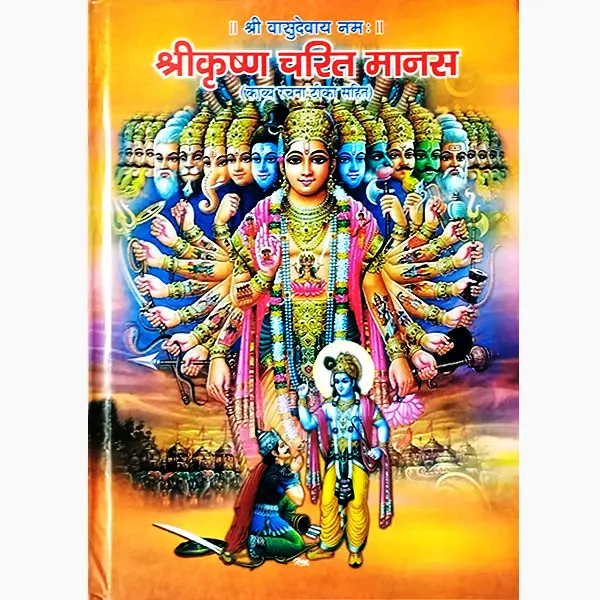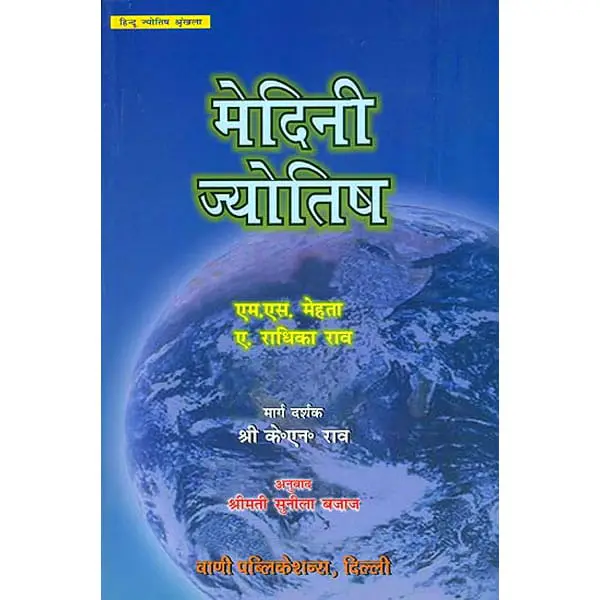
Sheetala Ashtakam
शीतला अष्टकम्
Sheetala Ashtakam (शीतला अष्टकम्): Sheetala Ashtakam is in Sanskrit. It is from Skanda Purana. Shitaladevi is for removing all sorts of deceases mainly from fire, heat, burning, and like. Goddess Shitala protects from explosion, fire, accidents and excessive of heat. One should recite Sheetala Ashtakam to receive blessings from Shitaladevi and for protection. Shitala is a folk deity, worshiped by many faiths in the Indian subcontinent, notably in North India, West Bengal, Nepal, Bangladesh and Pakistan. As an incarnation of Supreme Goddess Durga, she cures poxes, sores, ghouls, pustules and diseases.
Goddess Sheetala is worshipped on the eighth day after festival of colours (Holi), on the occasion of Sheetala Ashtakam. Shitala literally means “one who cools” in Sanskrit. Shitala is worshiped under different names in various parts of the subcontinent. Shitala is more often called Ma and Mata (‘mother’) and is worshiped by Hindus, Buddhists and tribal communities. She is mentioned in Tantric and Puranic literature and her later appearance in vernacular texts (such as the Bengali 17th century Shitala-mangal-kabyas, ‘auspicious poetry’) has contributed to strengthen her status. Shitala is primarily popular in regions of North India.
In some traditions she is identified with an aspect of Parvati, the consort of Shiva. Shitala is addressed as Mother, as a seasonal goddess (Vasant, i.e. Spring) and with honorific titles such as Thakurani, Jagrani (‘Queen of the World’), Karunamayi (‘She who is full of mercy’), Mangala (‘The Auspicious One’), Bhagawati (‘The Goddess’), Dayamayi (‘She who is Full of Grace and Kindness’). The role of Shitala in South India is taken by the Goddess incarnate Mariamman, who is worshiped by Dravidian-speaking people. Shitala is the form of folk demi-goddess Katyayani. She gives coolness to the patients of fever.
According to Devi Mahatmya when a demon named Jvarasura gave bacterial fever to all the children, goddess Katyayani came in the form of Shitala to purify children`s blood and to destroy the bacteria of fever in blood. In Sanskrit ‘jvara’ means “fever” and ‘shītala’ means “coolness”. Shitala is sometimes also depicted with Jvarasura, the fever demon; Ghentu-debata, the god of skin diseases; Raktabati, the goddess of blood infections and the sixty-four epidemics; and is often worshiped with Oladevi, another disease goddess (some say of cholera).
Sheetala Ashtakam Benefits:
- It gives the relief from communicable diseases when chanted regularly.
- For getting relief particularly from Chicken Pox reciting Sheetala Ashtakam is too beneficial.
Who has to recite this Ashtakam:
- The persons who are suffering from communicable diseases must recite Sheetala Ashtakam regularly.
- For further details please contact Astro Mantra.
